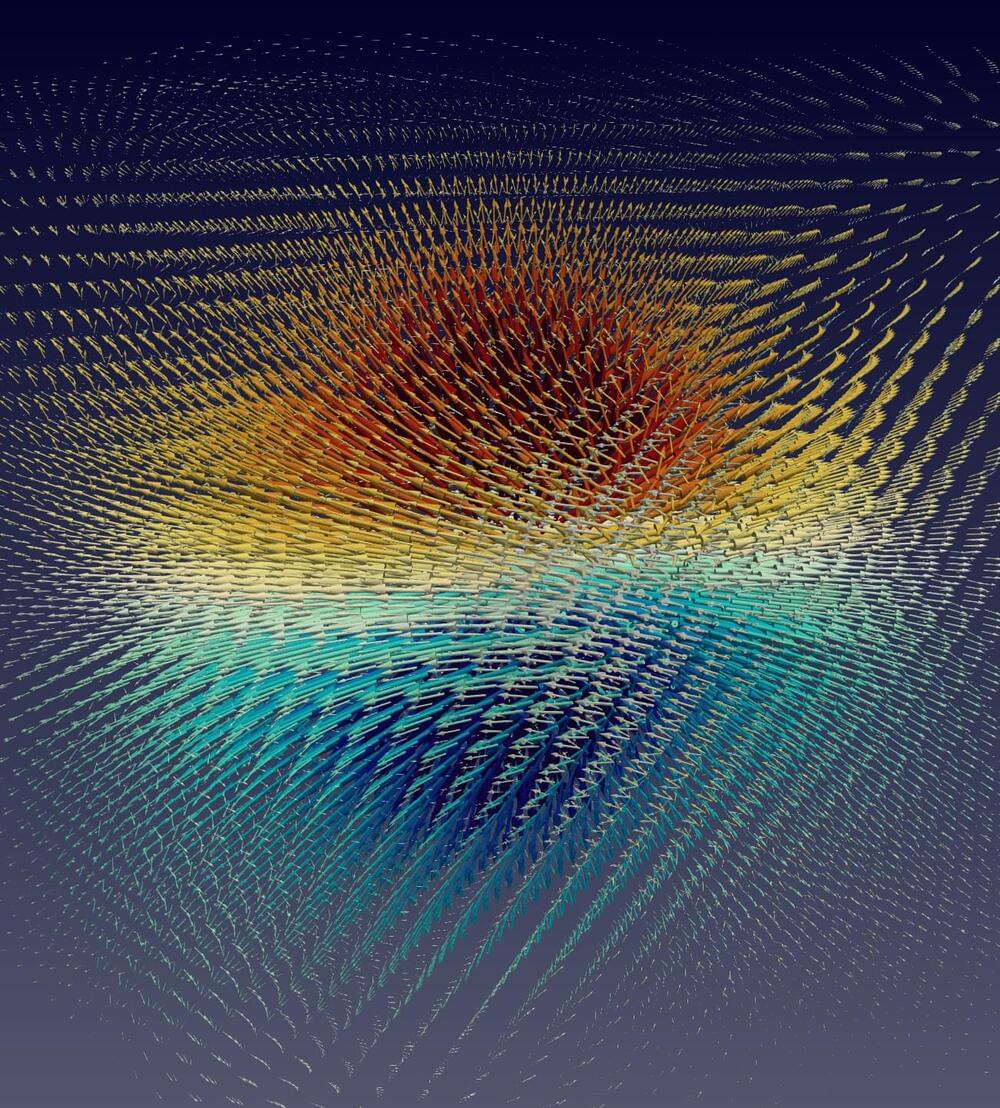In the past decade, metal-halide perovskites have rapidly progressed as a semiconductor, surpassing silicon in their ability to convert light into electric current since their initial discovery.
Simulations on TACC’s Frontera and Lonestar6 supercomputers have revealed surprising vortex structures in quasiparticles of electrons and atoms, called polarons, which contribute to generating electricity from sunlight.
This new discovery can help scientists develop new solar cells and LED lighting. This type of lighting is hailed as an eco-friendly, sustainable technology that can reshape the future of illumination.










Leave a reply